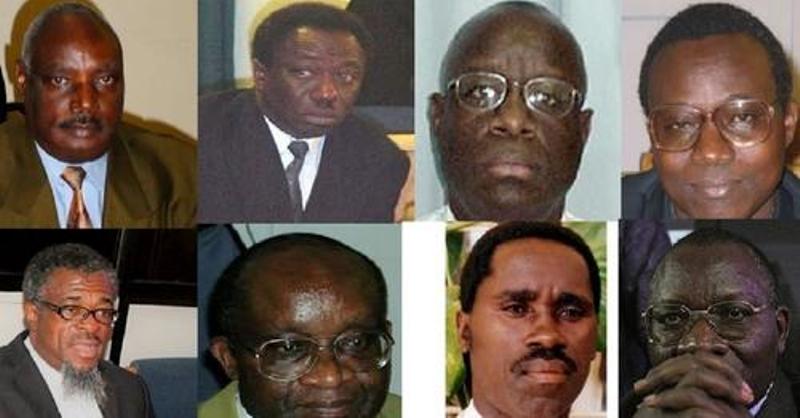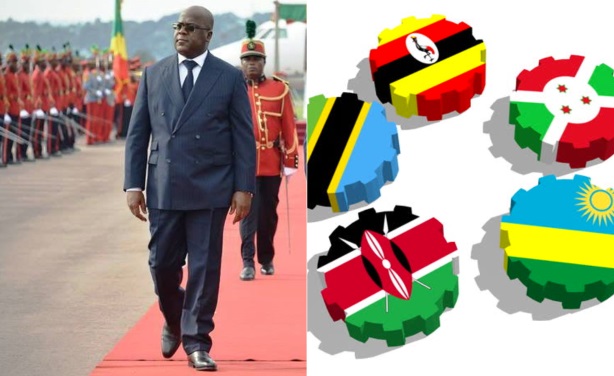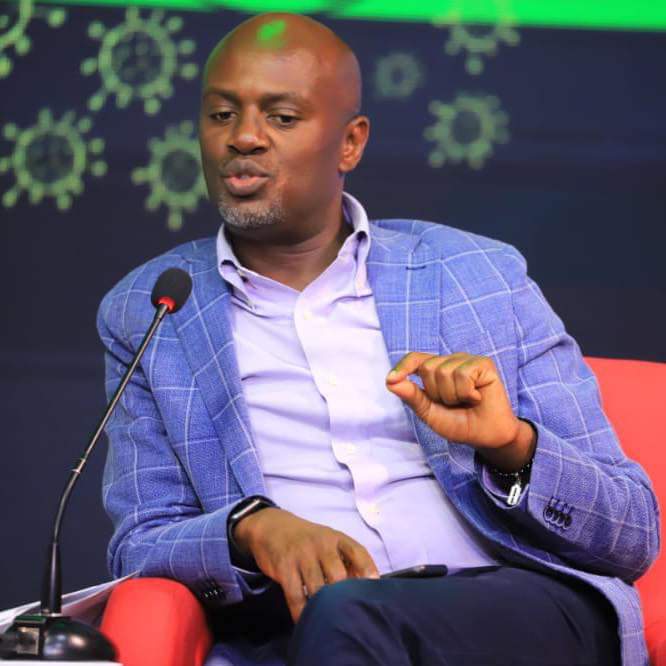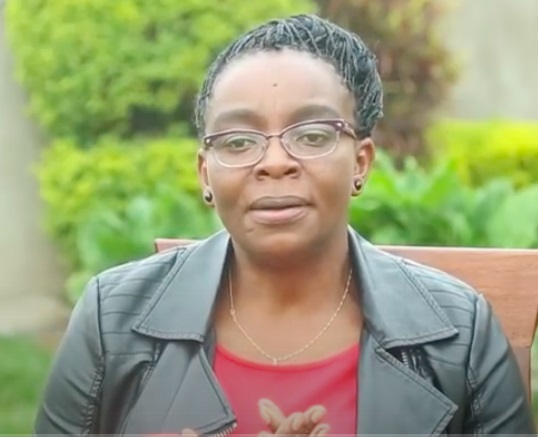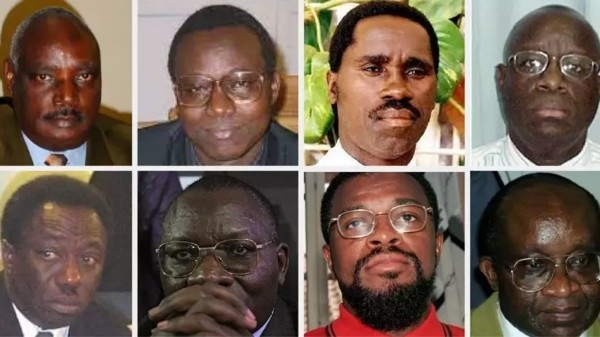Regional
UPDF adventure in DRC a smokescreen for Museveni’s ulterior motives
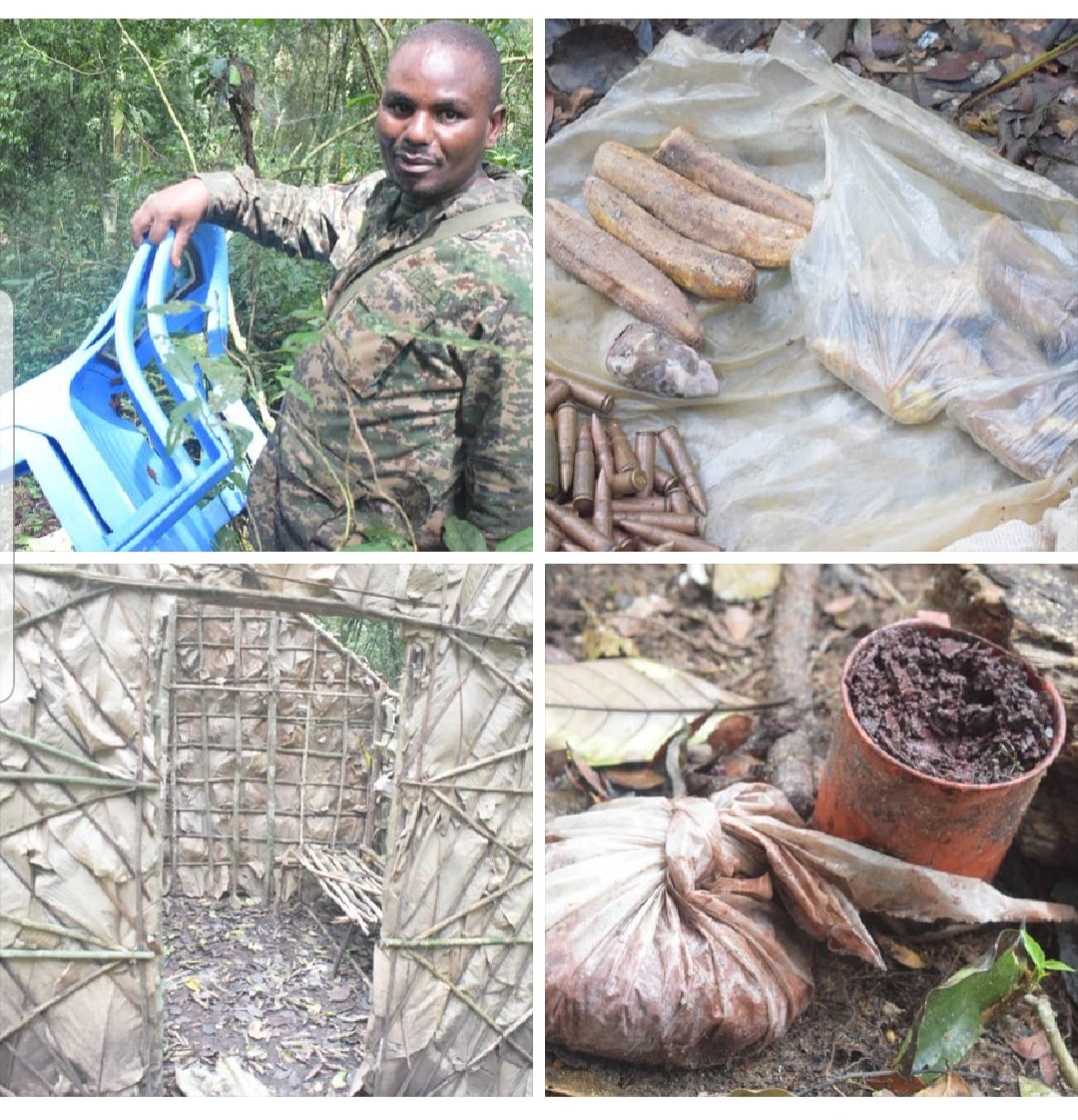
The Ugandan army, or UPDF, recently announced that
it captured Kambi Ya Yua, described as the “much revered” Allied
Democratic Forces’ rebel camp in the thick eastern DRC forests. According to the Ugandan military’s statement,
the camp was home to more than 600 ADF terrorists and their families. “The camp was captured with limited enemy
resistance and there was no effect on the joint forces,” the statement read.
Despite
the much celebrated victory by UPDF, the photos that accompanied the statement showed
no evidence that any fight took place.
Usually,
after such a fight in an enemy stronghold, pictures of a dismantled camp, and
probably with a few causalities as well as ammunitions left behind, are shown. The
UPDF only showed pictures of blue chairs, a few bananas (gonja) and solar
panels as evidence that the enemy camp had been overrun! Typical of UPDF
adventures against rebels.
Ugandans
were not surprised with the capture of blue-chairs and gonja. It just reminded
them of the capture of the Lord’s Resistance Army (LRA) rebel leader Joseph
Kony’s Kaunda suit, back in 2002. Commenting on the Kony war, in January 2009, journalist
Andrew Mwenda wrote: “First, it was his Kaunda suit, then his walking stick,
later his military pips, now it is his guitar. Over the years, the Uganda
Peoples’ Defence Forces (UPDF) has captured many of the rebel Lord’s Resistance
Army leader, Joseph Kony’s personal effects but never the man himself.”
Going
by Mwenda’s observation, the capture of the ADF’s blue chairs, gonja and solar
panels, is a trend of history repeating itself in the UPDF’s fight against
rebels.
The
Ugandan military’s press releases since the launch of “operation Shuja,” have
left many Ugandans wondering what they are intended for. The statements have no
concrete achievement. One statement made
by the UPDF spokesperson particularly left many speechless. “Two UPDF soldiers
have died due to personal mistakes during the pursuit of the ADF rebels in DRC,”
said UPDF Spokesperson Brigadier Flavia Byekwaso.
Ugandans
reacted angrily to the statement that lacked empathy towards the deceased and
their families. Who doesn’t know that
war is not a picnic? If it is a cover-up
for UPDF soldiers who die in action, there are better ways to do it. It is now common knowledge that whatever goes
wrong in Uganda, Rwanda becomes the scapegoat.
Ugandan propaganda websites run by CMI agents like
CommandPostUG, posted fake stories aimed at blaming Rwanda for invading DRC.
One of the posts read: “Rwandan army @RwandaMoD reportedly trying to enter
#DRCONGO through Gisenyi border.”
This author, however, was betrayed by lack of
knowledge of the terrain of Gisenyi when readers easily identified that
the photo of RDF trucks was not taken from Gisenyi
but a different location inside Rwanda eight years ago. The same CMI agents again
were behind the violent Goma protests against “presence of Rwanda Police” which
in reality was a hoax. In the tweet above, CommandPostUG tagged a Congolese
youth movement known as, Lutte pour
le changement (LUCHA), specialized in holding protests, confirming close
connection with Ugandan agents.
What is true though is that the authors of the fake
stories on the presence of Rwandan forces in DRC have one thing at the back of
their mind – the fear of RDF.
Through
history, Uganda’s first military involvement in DRC was in 1965. On February 4,
1966, three ministers and Col. Amin (who later became the president of Uganda),
were involvement in the gold and ivory scandal. The Ugandan government covertly supported one Christophe
Gbenye, who was leading a
rebellion against the government in Kinshasa. There was division in
the Ugandan cabinet then on the policy taken towards the rebels, which strained
relations with the Congolese government.
Fast
forward, UPDF's entry in DRC in 1999, resulted into the plundering of Congolese
natural resources. In 2005, the International Court of Justice (ICJ) ruled that
Uganda had violated international law by occupying parts of Ituri province with
its own troops and supported other armed groups in the area during the
conflicts in the country’s mineral-rich Ituri province from 1998 to 2003.
Uganda
lost the case and DRC’s lawyers initially argued for a reparation figure of $10
billion. For 16 years, Uganda has not yet paid reparations to DRC.
Reports
by UPDF on the fight against ADF, show no evidence of any fight worth
deployment of heavy weapons as well as airstrikes. The entire operation seems
to lack strategy. It should be recalled that, in the past, the captured ADF
leader Jamil Mukulu revealed that President Yoweri Museveni’s government actually
supplied the rebels with logistics.
Can
Museveni support ADF and then turn around to fight it? Museveni is a cunning
man. What most political analysts agree on, is that Museveni uses ADF as a revolving
door to enter the DRC for personal motives.


